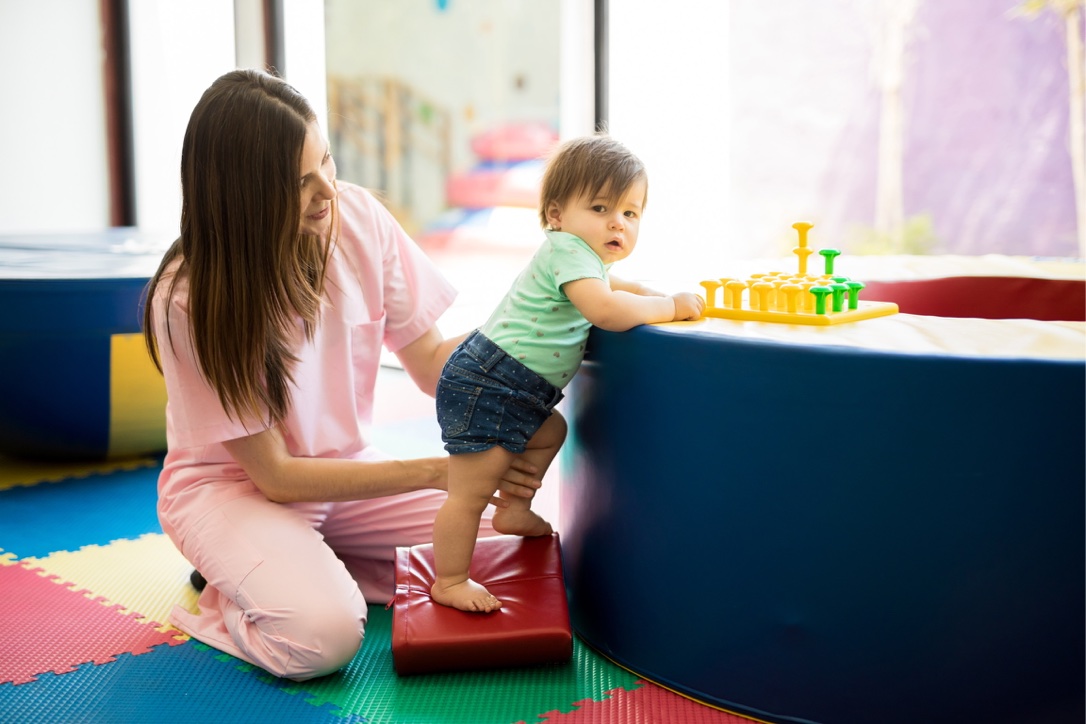
26 Aug Low Muscle Tone – what is it, and what does it mean for my child?
What is Muscle tone?
Muscle tone refers to the amount of underlying tension in a muscle. It describes how much tension is in a muscle when it is relaxed.
What happens when it is low tone?
In children, low muscle tone is used to describe when an infant or child has muscles that appear to be floppier or less stiff than what is typically expected of a child their age. Children with low muscle tone often have difficulties with their movement and posture. Because their muscles are less tense when they start a movement or activity, they often need to put in more effort to get their muscles moving sufficiently when doing activities. The movement difficulties commonly seen with children with low muscle tone can one or more of the following:
- Late achievement of the major motor milestones (e.g. sitting, crawling, standing, walking)
- Late to achieve or difficulty achieving higher level motor skills such as jumping, hopping, skipping, going up and down stairs, climbing and playing on playground equipment
- Clumsiness – they might fall more frequently than their peers, injure themselves more frequently, and have difficulty with ball skills
- Poor posture – they might slump or lean on one hand when drawing and writing at a table, they might stand with their tummy poking out (past the toddler age when it is normal to have a ‘pot-belly’)
- Flat feet, and may complain of foot or leg pain after walking or exercising. They may experience knee or leg pain at night
- Poor endurance – they might tire very quickly, not like walking very far, might want to be picked up and carried by their parent more so than other kids their age,
- Difficulties with handwriting and drawing – they have difficulty holding their pencil with a proper grasp, they might push too hard or too lightly, and their hands might fatigue quickly
It is important to know that muscle tone is different to muscle strength.
What can physio do?
Children with low muscle tone will naturally often be weaker. Their muscles are floppier at rest – so when it comes time to move, their muscles have to contract harder to generate enough force to move.
Low muscle tone CANNOT be changed. But your child’s muscle strength, motor control and physical endurance CAN be changed.
If your child’s low muscle tone is impacting on their ability to meet milestones or do things they need to do in their daily life, then it might be worth seeking out help of a physiotherapist. We can help you and your child to learn strategies and exercises to help them improve their skills and to manage any fatigue or difficulties they might be having.
Our therapist works with children with low muscle tone everyday.
If you are concerned that your child has low muscle tone that is causing motor difficulties, fatigue or pain, please call us to find out how we can help your child.

Sorry, the comment form is closed at this time.